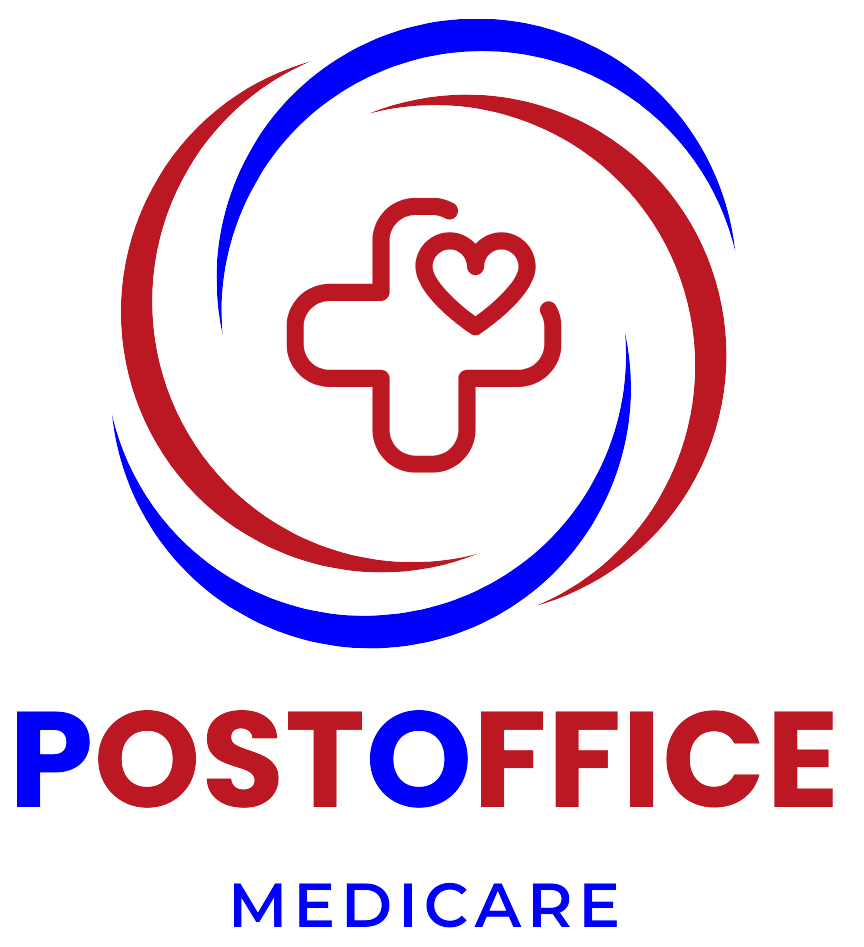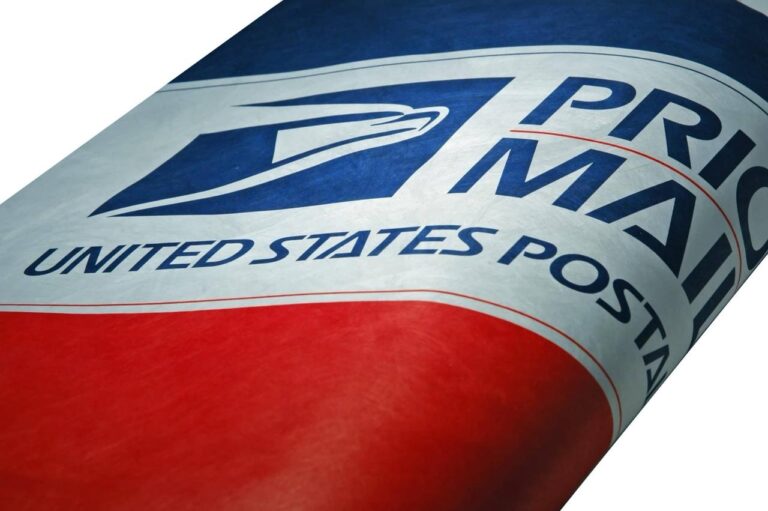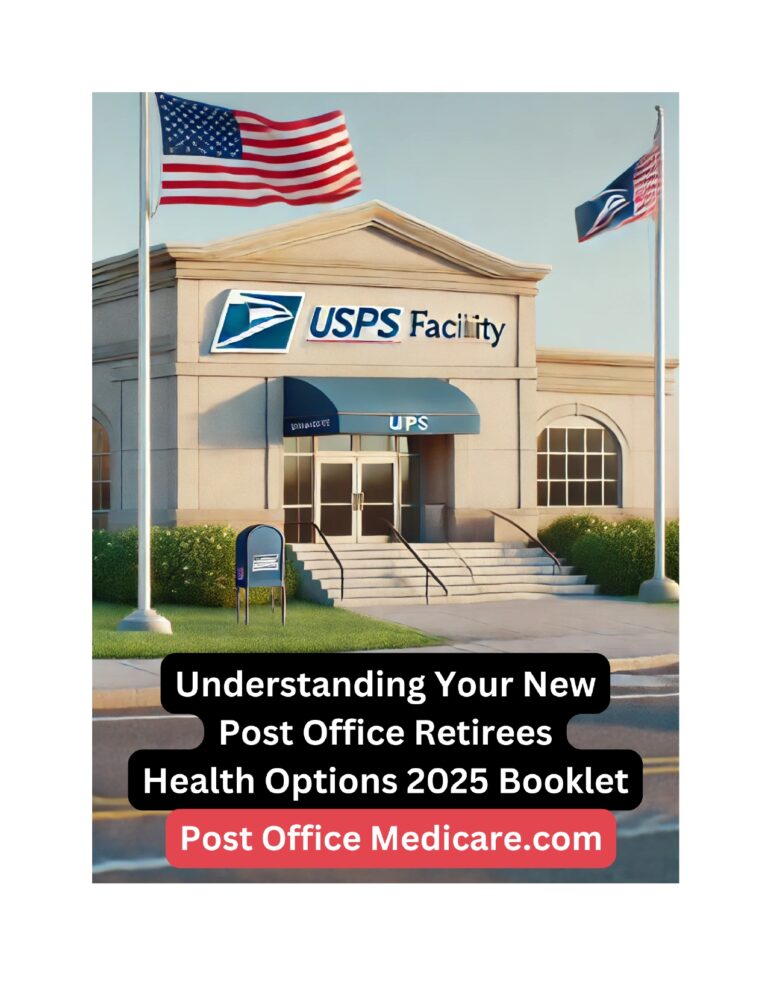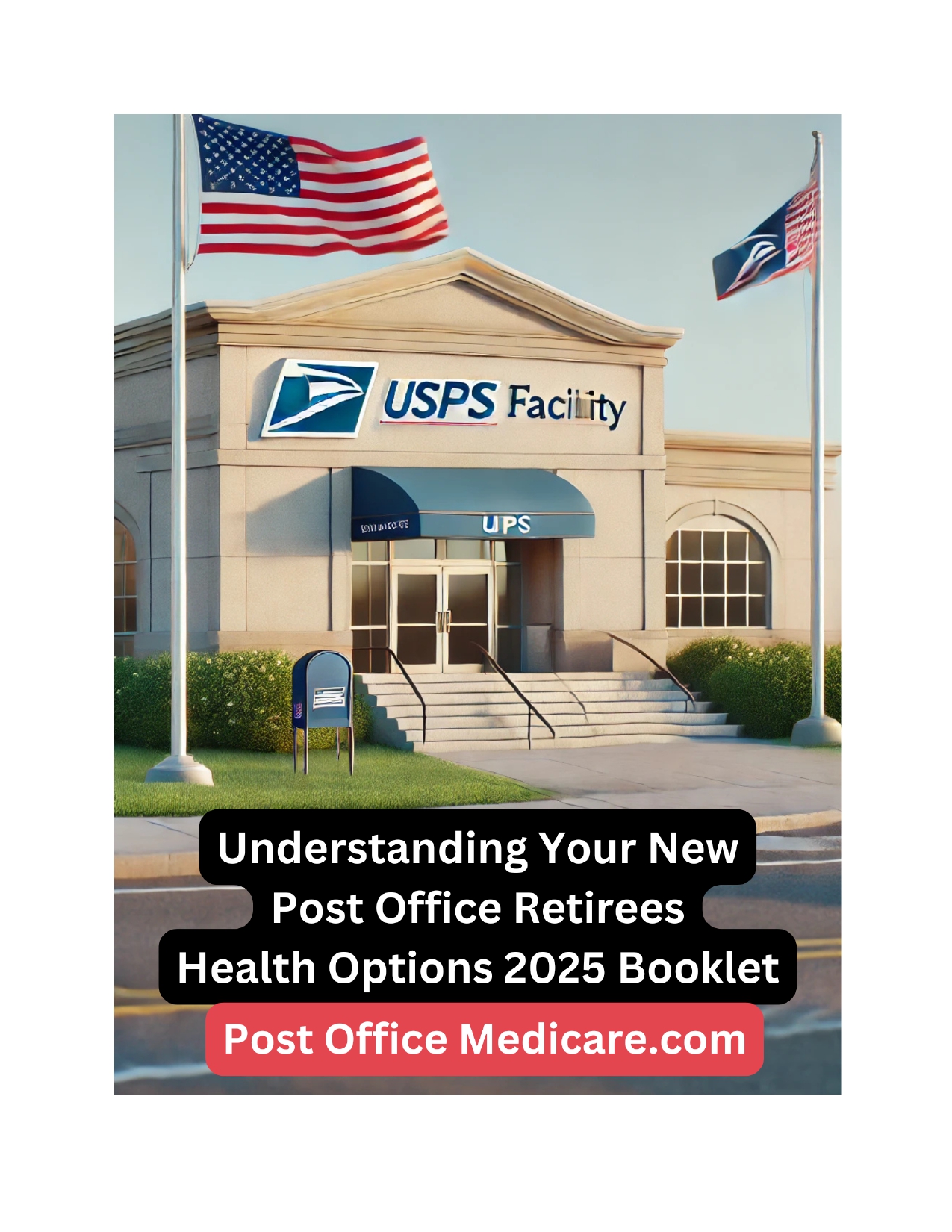Post Office Medicare Benefits: How to Maximize Your Coverage in Retirement
Retirement is a milestone, and for postal workers, planning for this stage includes understanding and maximizing Medicare benefits. With healthcare being a major concern in retirement, knowing how to leverage Medicare can make a significant difference in ensuring a comfortable and secure future.
In this blog, we will discuss Post Office Medicare benefits, provide tips for maximizing coverage, and address key considerations for retired postal workers.
Understanding Medicare for Postal Employees
Medicare is a federal health insurance program primarily for individuals aged 65 and older. If you’ve worked for the U.S. Postal Service, you’ve likely contributed to Medicare through payroll taxes, making you eligible for coverage.
Components of Medicare
Medicare has four parts, each offering specific benefits:
- Medicare Part A (Hospital Insurance): Covers inpatient hospital care, skilled nursing facilities, and some home healthcare.
- Medicare Part B (Medical Insurance): Covers outpatient services, doctor visits, and preventive care.
- Medicare Part C (Medicare Advantage): Offers bundled plans through private insurers, combining Parts A and B with additional benefits like dental, vision, and hearing.
- Medicare Part D (Prescription Drug Coverage): Covers the cost of prescription medications.
As a retired postal worker, understanding these components is crucial to ensuring comprehensive healthcare coverage in retirement.
Eligibility and Enrollment
Automatic Enrollment in Medicare
If you’re receiving Social Security benefits, you’re typically automatically enrolled in Medicare Parts A and B at age 65. If not, you’ll need to sign up during your Initial Enrollment Period (IEP):
- Starts three months before your 65th birthday
- Ends three months after your 65th birthday
Special Enrollment Period for Postal Workers
As a federal employee, you may delay enrolling in Medicare Part B without a late enrollment penalty if you have coverage through the Federal Employees Health Benefits (FEHB) Program. When your FEHB ends, you qualify for a Special Enrollment Period (SEP) to sign up for Part B.
The Role of FEHB in Retirement
The FEHB Program provides comprehensive health coverage to postal workers. When you retire, you can continue FEHB coverage, and it becomes a vital part of your healthcare strategy.
Medicare and FEHB Coordination
For retired postal workers, Medicare and FEHB often work together:
- Medicare Part A: Usually serves as the primary payer.
- FEHB Plan: Can cover costs not paid by Medicare, such as co-payments and deductibles.
This combination reduces out-of-pocket expenses, offering significant financial benefits.
Maximizing Medicare Benefits in Retirement
1. Enroll in Medicare Part B Strategically
- Evaluate whether you need Medicare Part B immediately upon turning 65.
- If your FEHB coverage meets your needs, delaying Part B can save money.
- Consider enrolling in Part B during a Special Enrollment Period to avoid penalties.
2. Choose the Right Medicare Plan
- Compare Medicare Advantage (Part C) plans if you want additional benefits like dental and vision.
- Ensure the plan aligns with your healthcare needs and works well with your FEHB coverage.
3. Optimize Prescription Drug Coverage
- Check whether your FEHB plan provides adequate prescription coverage.
- If not, consider enrolling in Medicare Part D to fill the gap.
4. Stay In-Network
- Use providers that accept Medicare to minimize costs.
- Check whether your FEHB plan has network restrictions and choose a compatible Medicare plan.
5. Leverage Preventive Services
Medicare covers many preventive services, such as screenings and vaccinations, at no additional cost. Staying proactive about your health can save money in the long run.
Common Challenges and Solutions
Challenge: High Out-of-Pocket Costs
Solution: Pair Medicare with FEHB to limit your financial exposure. Explore Medicare Supplement (Medigap) plans if additional coverage is needed
Solution: Pair Medicare with FEHB to limit your financial exposure. Explore Medicare Supplement (Medigap) plans if additional coverage is needed.
Challenge: Confusion About Benefits
Solution: Contact your local Social Security office or the Office of Personnel Management (OPM) for assistance. Online tools like Medicare’s Plan Finder can also help.
Challenge: Limited Vision, Dental, or Hearing Coverage
Solution: Many Medicare Advantage plans offer these benefits. Compare options to find a plan that fits your needs.
Key Considerations for Postal Retirees
1. FEHB Premiums
Continuing your FEHB coverage comes with monthly premiums. Budget for these costs alongside Medicare premiums.
2. Survivor Benefits
Ensure your spouse or dependents are covered by FEHB in case of your passing. This often requires keeping FEHB active in retirement.
3. Long-Term Care
Medicare does not cover long-term care. Consider purchasing separate insurance or using savings for potential future needs.
Steps to Get Started
- Assess Your Healthcare Needs: Consider your current and anticipated medical needs in retirement.
- Review Your FEHB Plan: Check its benefits and costs in combination with Medicare.
- Consult Experts: Reach out to OPM or a Medicare advisor for guidance tailored to your situation.
- Sign Up for Medicare: Enroll during the appropriate enrollment period to avoid penalties.
- Monitor Your Coverage: Periodically review your plans to ensure they continue to meet your needs.
Tools and Resources
- Medicare Plan Finder: Helps compare plans based on your location and healthcare needs.
- Office of Personnel Management (OPM): Provides resources for federal employees and retirees.
- Social Security Administration: Assists with Medicare enrollment and questions.
Conclusion
For retired postal workers, combining Medicare with FEHB coverage is a powerful way to secure comprehensive healthcare in retirement. By understanding your options, enrolling strategically, and leveraging available resources, you can maximize your benefits and enjoy peace of mind.
Take the time to evaluate your healthcare needs, plan for potential costs, and make informed decisions about your Medicare coverage. A well-thought-out approach ensures that you can focus on enjoying your retirement without worrying about healthcare expenses.
Read More Blog
Follow Us On:- Facebook








